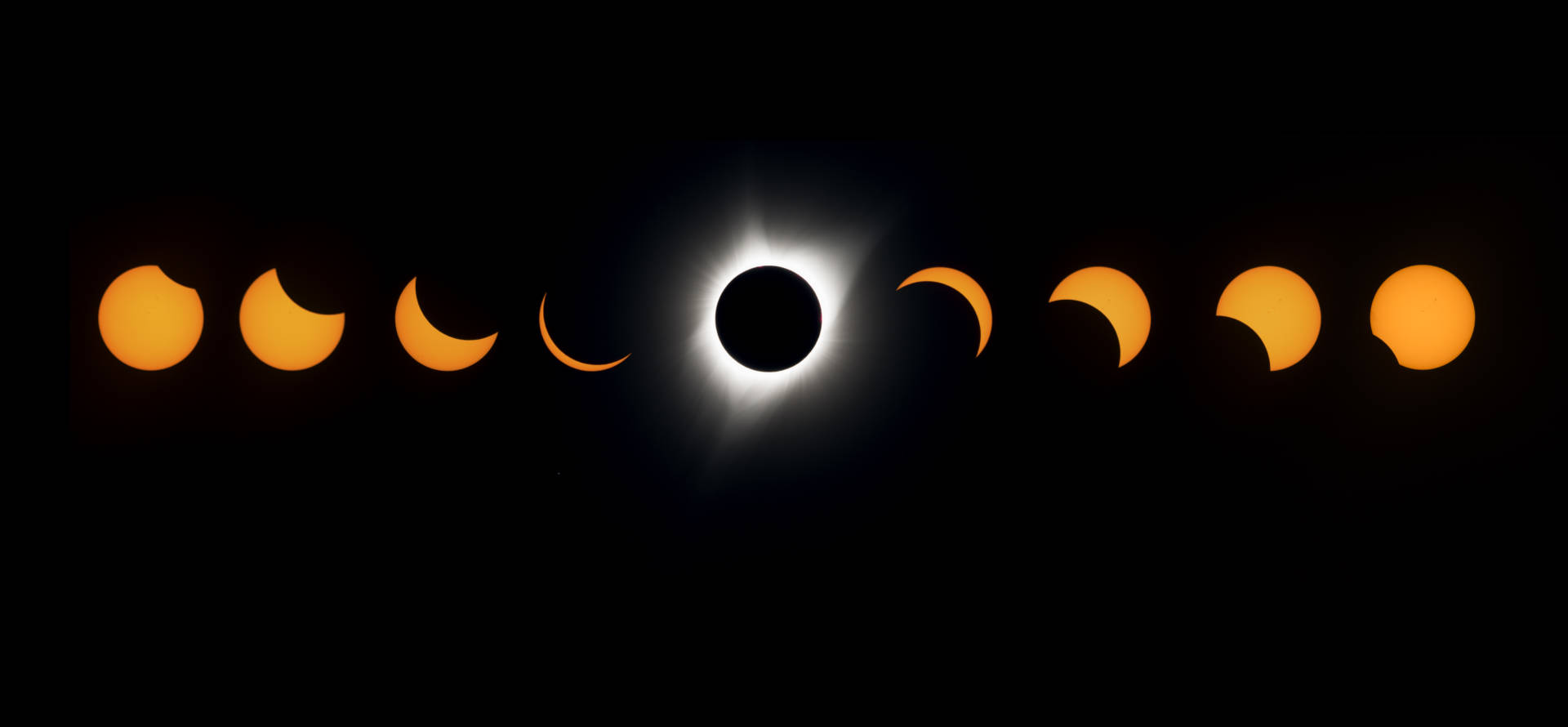The 2024 total solar eclipse is coming on April 8. And for the United States, it’ll be the longest and most visible eclipse of its kind in a century.
Solar Eclipse 2024: How to See the Partial Eclipse in the Bay Area on April 8
Over 32 million people who live along the path of totality — a narrow track of about 100 miles wide but 10,000 miles long that crosses three Mexican states, 15 U.S. states and five Canadian provinces — will experience this spectacular sight from the comfort of their own homes. But if you’re one of the estimated 500 million people in North America who’ll be outside of that path, you’ll get to experience only a part of that eclipse.
So, if you’re not already planning to travel to the path of totality, how can you still enjoy the partial solar eclipse in the Bay Area?
When can I see the solar eclipse in the Bay Area?
In the Bay Area, the eclipse will begin at 10:14 a.m. PST on Monday, April 8.
The “maximum bite” will be taken out of the sun at 11:13 a.m. PST to about an hour later, and the event will officially end at around 12:16 p.m. PST, according to Andrew Fraknoi, an astronomer and board member of the SETI Institute.
Here in the Bay, we’ll experience about 45% of the sun’s diameter covered, and the best time to start observing the eclipse is at 11 a.m., Fraknoi said.
While the whole event will last about two hours, partial totality will only last up to about four minutes.
Jump to: Watch parties for the partial eclipse in the Bay Area
How to view a total solar eclipse with glasses and pinhole projectors
During a solar eclipse, it is never safe to look directly at the sun without solar-filtered eyewear designed for solar viewing. That’s because looking at any part of the exposed sun can permanently injure the eye’s retina, which is incredibly sensitive to light. Only when the moon completely covers the sun during totality will it be safe to look at it without eye protection.
If you’re looking for free eclipse glasses, check with your local public library in the Bay Area, which may well be offering them. You might also be able to snag eclipse glasses at places like the California Academy of Sciences, Exploratorium, and Chabot Space and Science Center. If you plan to buy eclipse glasses online, Fraknoi recommends two U.S.-based companies: Rainbow Symphony and American Paper Optics. The American Astronomical Society also has a list of vetted suppliers.
You can also explore indirect viewing methods by making your pinhole projector to view the eclipse safely. Learn more about how pinhole cameras work in the video below from artist Bob Miller’s Walk at the Exploratorium, and read more tips from NASA on how to view the eclipse safely.
5 watch parties in the Bay Area where you can see the solar eclipse
If you want to enjoy the eclipse at home from the comfort of your couch, free live streams of the total solar eclipse are also available on multiple websites like NASA and Timeanddate.
Some public libraries might also host a viewing party — like at Mill Valley Public Library, Marin and Danville Library, Contra Costa County — so be sure to check with your local library branch.
If you’re looking to join others at a watch party in the Bay Area, here are five places hosting on April 8:
- Lawrence Hall of Science
- Exploratorium
- California Academy of Sciences
- Chabot Space and Science Center
- Robert Ferguson Observatory
For a running list of events around the solar eclipse in North California, visit the Astronomical Association of Northern California website for the most recent updates.
